Recently, a new optional course "The Design and Production of Intangible Cultural Heritage Cloisonne" in NPU has attracted many netizens. "
"How to make students in engineering colleges like art fall in love with the excellent traditional Chinese culture? I think this series of courses is a good entry point." Lv Bing, a teacher of NPU, said.
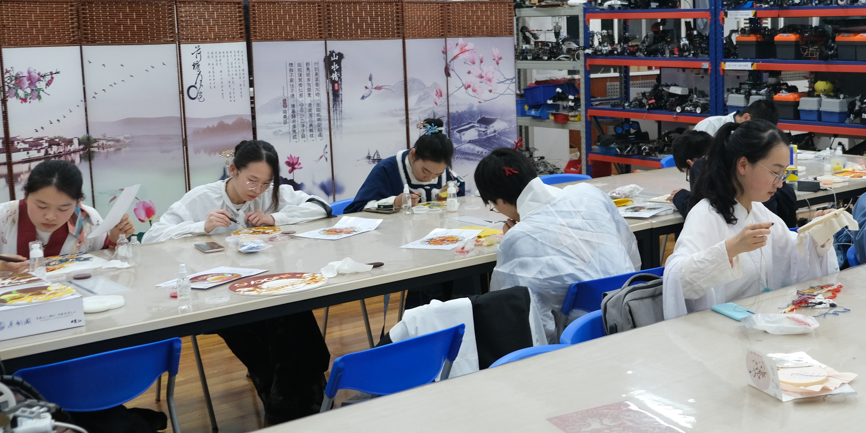
With guqin music leisurely around the classroom, students sat around, each designing and creating their work.
Cloisonne enamel painting is also known as cloisonné craft painting. It is a cloisonné graphic painting based on the technical characteristics of traditional Chinese cloisonné craftsmanship.
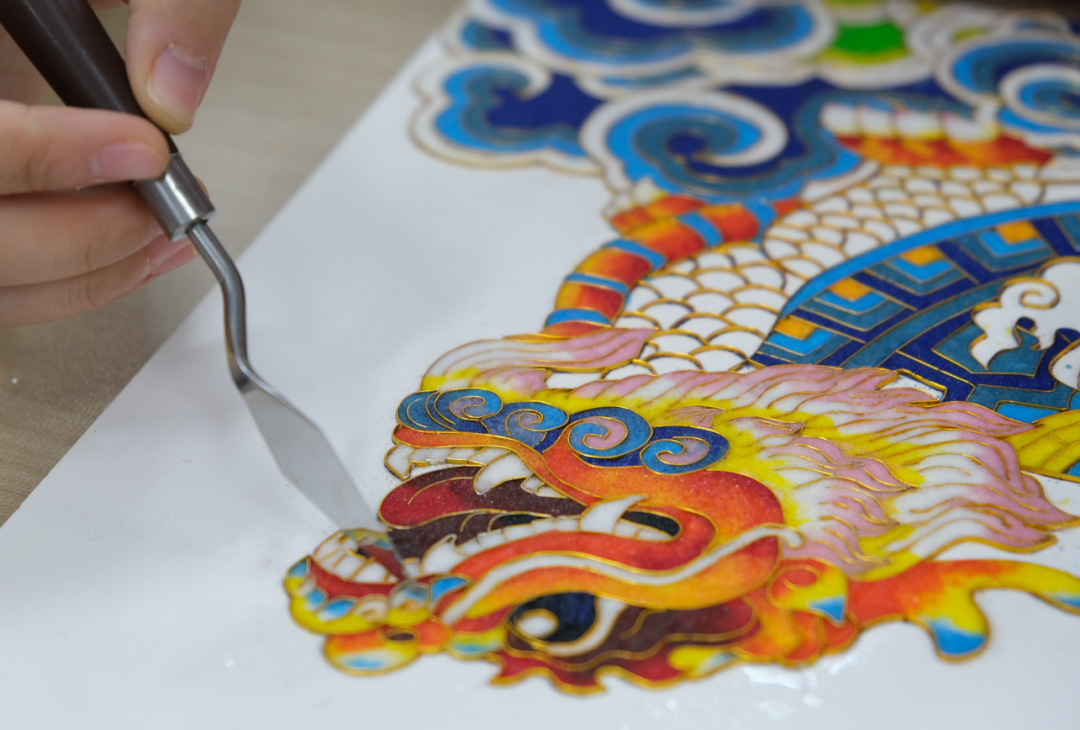
Every step in producing enamel paintings is very delicate and meticulous, and "filigree" is the first step.
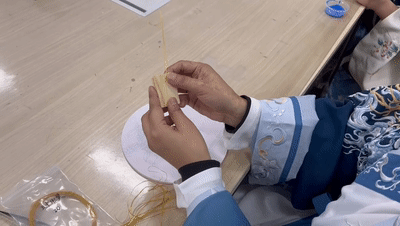
When flicking the wire, carefully compare the size and shape of the aluminum wire on the designed pattern, use tweezers to bend the aluminum wire into the required curve, and use the tweezers and scissors to fix the aluminum wire tightly on the drawing board.
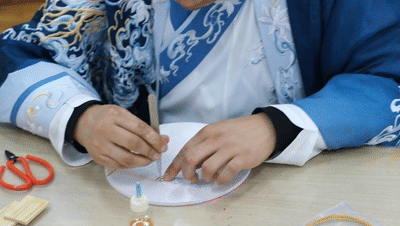
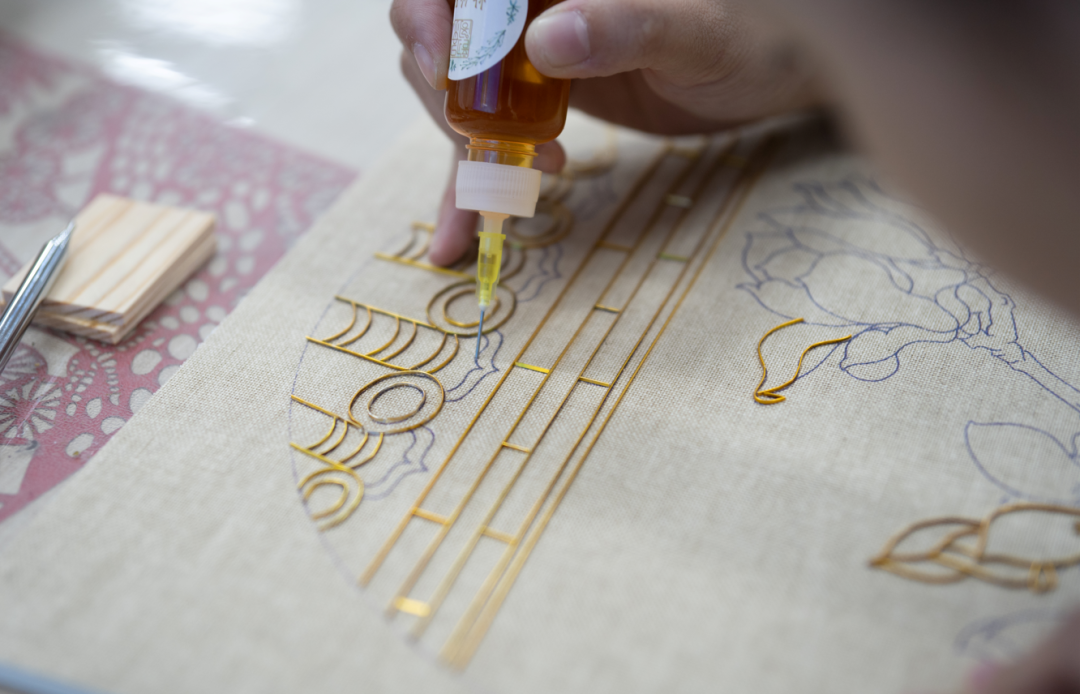
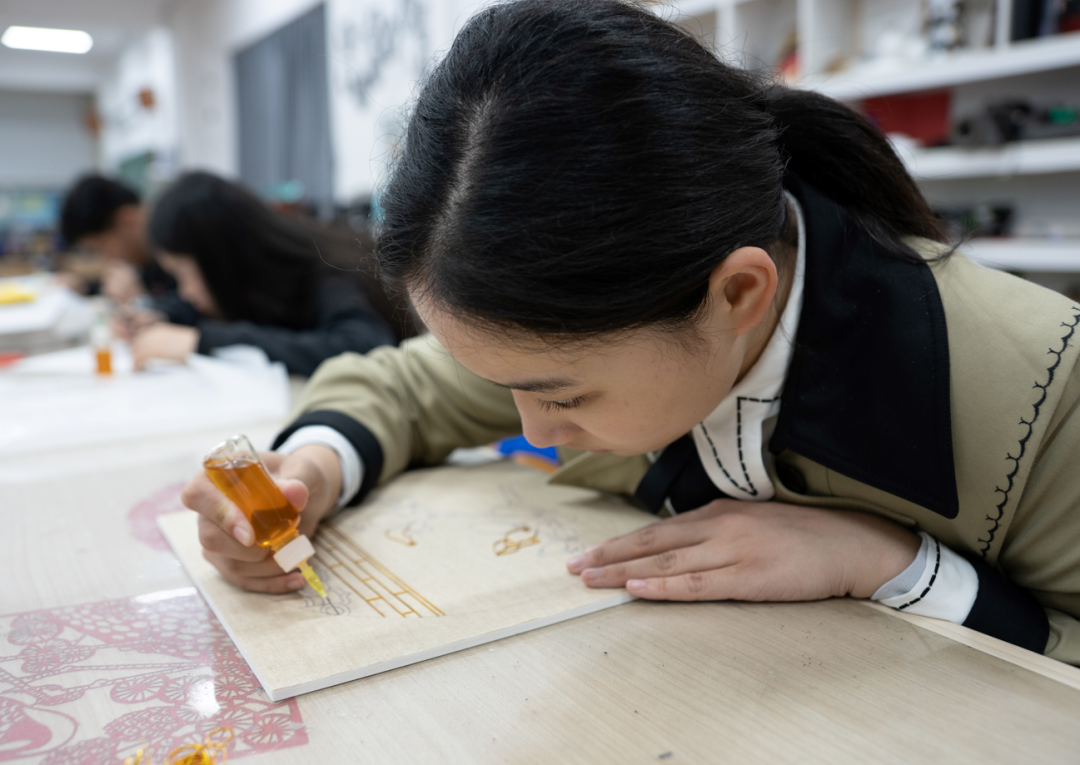
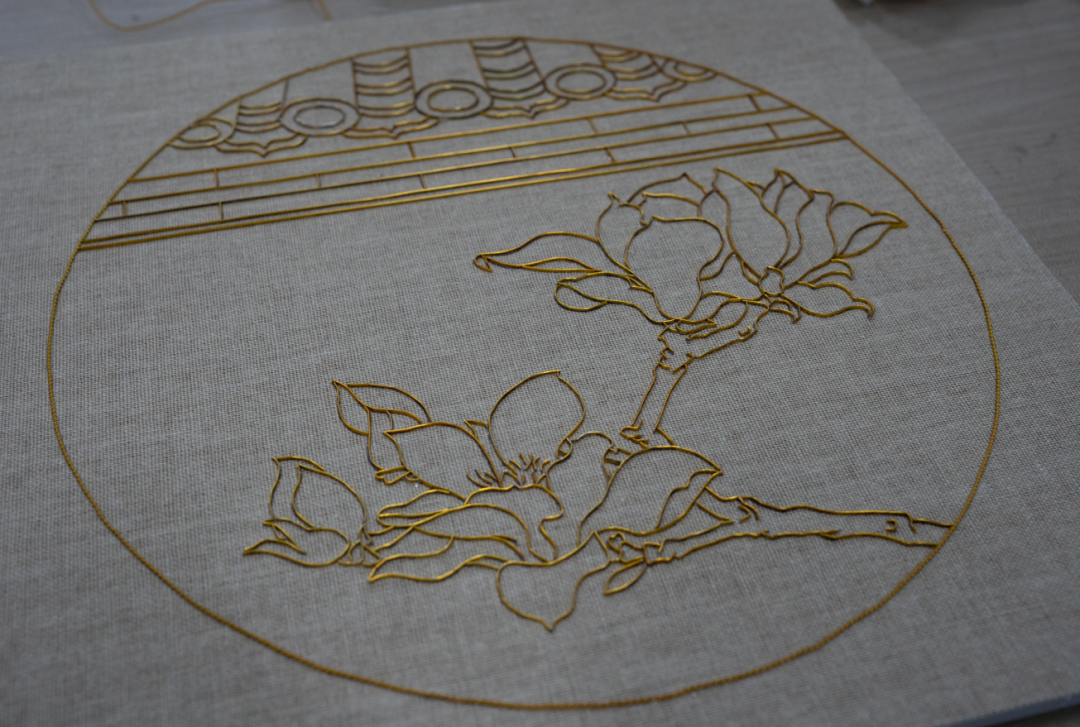
The second step is to "color blue". Use glaze to fill in the blanks on the painting. This step needs to be careful, adding small amounts and multiple times. The amount and color of the glaze also need to be carefully matched.

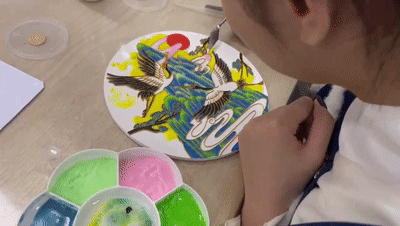
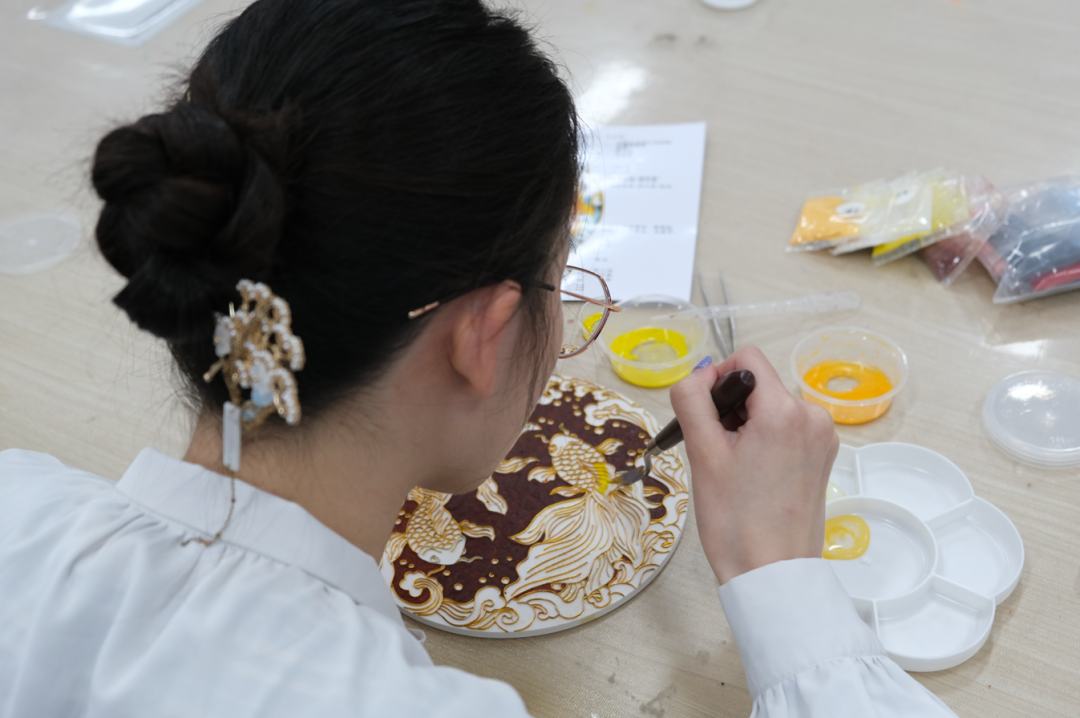

The final step is to "finalize". Spray the sand-fixing glue (1:4 diluted with water) to fix the picture, spray the film glue two or three hours after fixing the sand, and the painting will dry out and the glue will become transparent in about 30 hours.
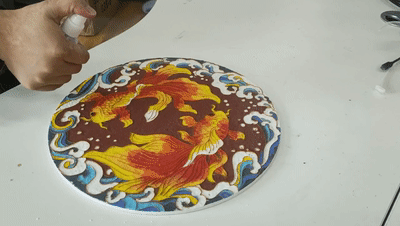
Unlike traditional craftsmanship, this course deeply combines traditional and modern manufacturing methods. In the design part of the preliminary drawings, students are called upon to design and create patterns independently and use intelligent manufacturing equipment to scan or mark them. While feeling modern engineering, the students also experienced the charm of intangible cultural heritage.
When the slender aluminum wire is bent and shaped, the designer's concept is also well-formed; when the bright glaze is layered on top of each other, the simple craftsmanship is attached to the drawing board.
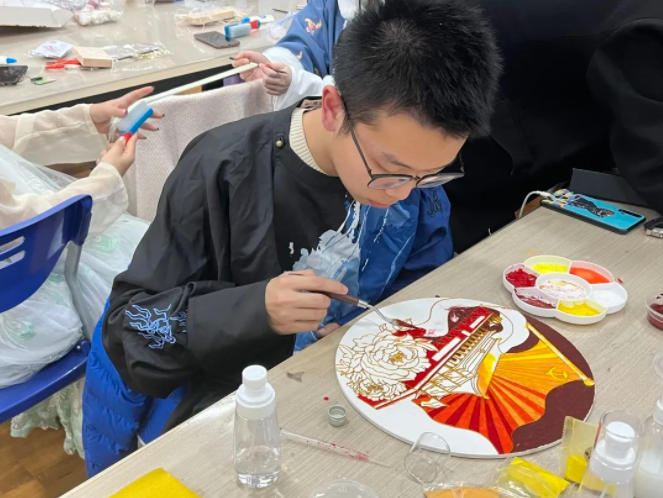
Liu Shengchang, a 2019 undergraduate student majoring in Aircraft Design and Engineering of the School of Astronautics, is one of the students of this course. He who studies aircraft design believes that the cloisonné enamel process has many similarities with what he has learned in his major. "When I consider and study the structural design of the aircraft, I need to consider both the force problem and the aesthetic thinking. This class of cloisonné enamel requires us to use some drawing software proficiently and also consider: flat aluminum How does the silk fit perfectly on the drawing board? How much glue is applied? How does the hand-held spatula apply force evenly? What color? The perfect solution to these problems reflects the planning and coordination capabilities that the future aerospace chief needs to have."
This course is one of the optional courses of traditional Chinese culture in the Engineering Practice Training Center of Northwestern Polytechnical University. At the same time, it also offers paper-cutting culture, weaving/embroidery design and production. In the next semester, courses such as wood art production and movable type printing based on intelligent manufacturing will be added.
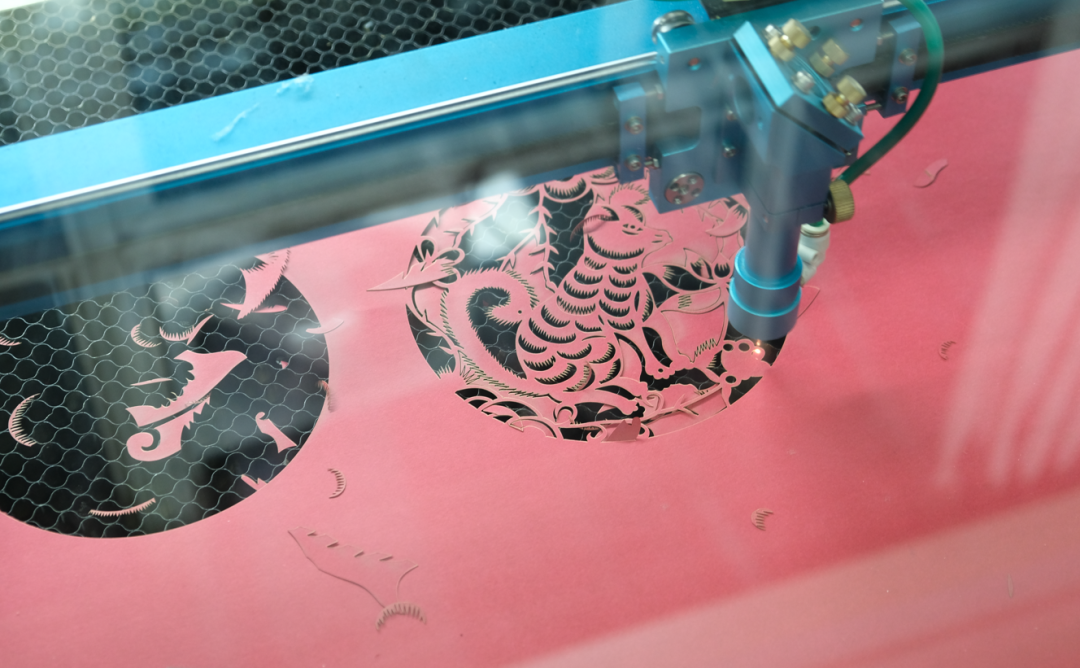
"Paper-cutting" is one of the oldest folk art of the Han nationality in China, and the laser cutting machine can make the production of "paper-cutting" art faster and more intelligent, and enrich its content. In the class, there are not only traditional paper-cutting content such as "Chinese Zodiac", "Phoenix Wings", "Peacock and Peony", and "Pisces Presenting Flowers". Students can also add some favorite elements to make the work more personalized.
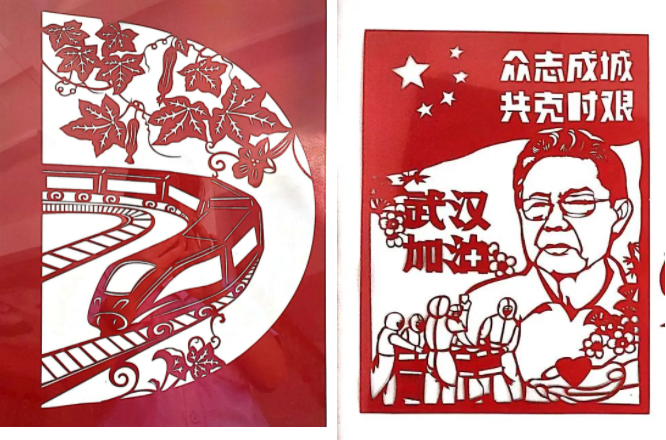
Students enjoy the infinite fun and reverie brought by the integration of traditional art and modern technology in their creations and complete their works through the guidance of teachers. The teachers also believe that the students can find the genes of Chinese culture from the thin red paper.

The editor completed a "Chinese Zodiac-Dog" work under the guidance of the teacher and has a feeling full of accomplishment~

The knitting/embroidery design and production course allow students to understand the embroidery and hand-knitting techniques on various objects in daily life, and learn to use some simple techniques to complete the production of handicrafts. Du Xinyue, a 2020 undergraduate student of Intelligent Manufacturing in the School of Mechanical Engineering, is a "Han embroidery enthusiast". In the course, she learned about the origin and development of knitting and embroidery crafts, and experienced the fun of "threading needles". "I have been very interested in hand-made since I was a child. It can calm my heart... After this stage of learning in a combination of theory and practice, I am amazed by the wisdom and skills of ancient Chinese craftsmen, and I am also very impressed by the intangible cultural heritage of our country. Have a deeper insight and understanding."

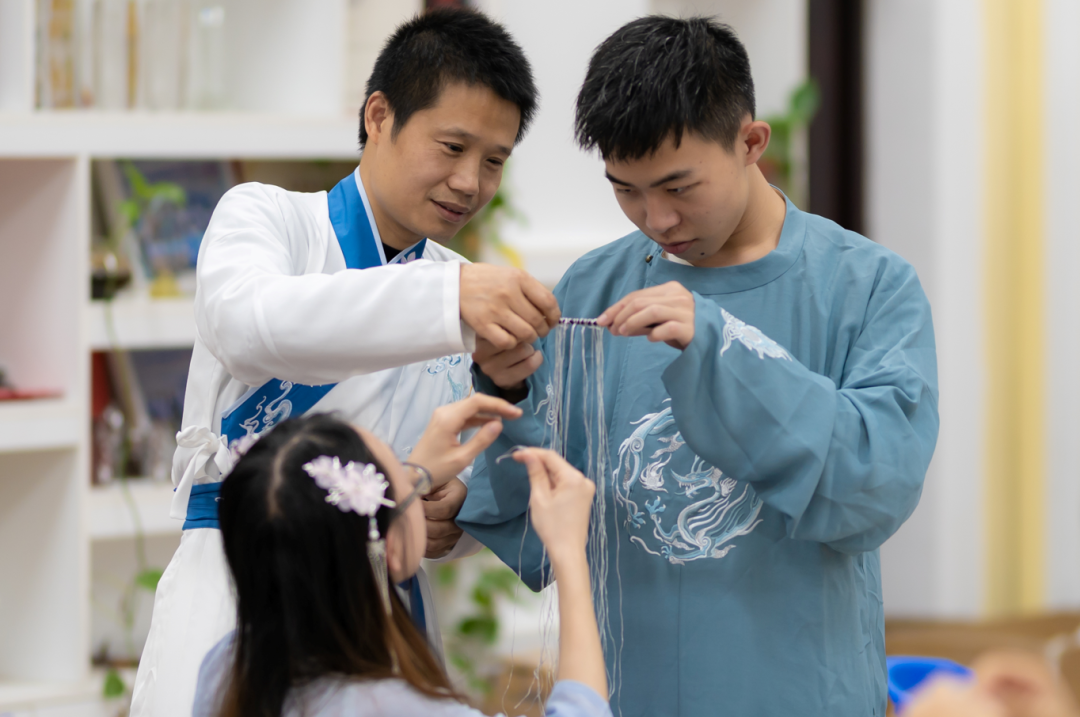
Teacher Lv Bing is instructing students to arrange silk thread

Student's velvet works

Teacher's woodwork
In recent years, the Engineering Practice Training Center has also carried out a large number of Chinese and foreign international exchange activities. It has received 400 visits and exchange activities from more than 20 countries including the United States, Britain, France, etc., allowing international students to understand the excellent Chinese traditional culture from the outside.

"In the follow-up, we will expand the course content of this department, hoping to gradually guide everyone to draw nutrition and strength from the excellent traditional Chinese culture and build cultural self-confidence," said Jiang Jianjun, director of the Engineering Practice Training Center of Northwestern Polytechnical University. "The country is developing, technology is advancing, and the dream of making a strong country is gradually realizing. The demand for talent quality is also progressing and developing. We hope that the education we can bring to students is not only cultural knowledge but also the promotion of comprehensive quality."
(Source: NPU News)
